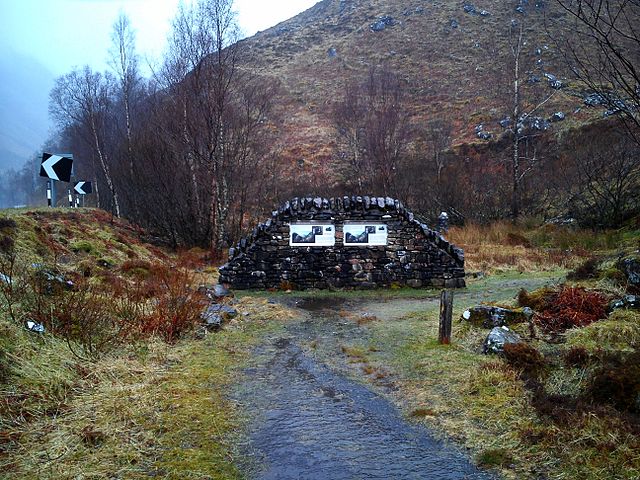Archaeologists have discovered battle remains on the site of the Battle of Glen Shiel, 300 years after it ended Scotland’s “forgotten” Jacobite uprising.
On 10th June, in time for the 300th anniversary of the battle, archaeologists from the National Trust for Scotland revealed that they have uncovered several large fragments of coehorn mortar shell that was fired towards Lord George Murray and the Jacobite right wing was they stood on the knoll south of the River Shiel.
Derek Alexander, the trust’s head of archaeology, said it was the first tangible evidence discovered from this historic event, which makes it incredibly special for those involved. “We were excavating just below the Spanish position, where there is quite a large outcrop of bedrock with a vertical face. We picked up a strong signal with the metal detector and, working with Historic Environment Scotland, we were allowed to excavate four or five objects.”
The first that we looked at was the musket ball,” he added. “It had been fired from below, up at the Spanish position. It hit the bedrock, flattened and fell to the ground and lay there. It was fired 300 years ago, hit the wall and fell to the ground. Now it has been found.”

The Battle of Glen Shiel took place in 1719 and saw a force of more than 1,000 Jacobites attempt to reclaim the throne for James Francis Edward Stuart, son of King James II. The battle was significant in terms of the British Isles’ battle history as it marked the first time the coehorn mortar shell was used in Britain, making the discovery of the shell fragments even more exciting for the team. A coehorn was a small squat gun that fired shells in a high arc onto Jacobite positions, producing noisy explosions that were designed to create panic and disorder among the Jacobites.
The archaeologists and volunteers also found a musket ball at the battle site, not far from Kyle of Lochalsh, where the Jacobite army (complete with 300 Spanish troops and an army loyal to King George I) inexplicably lost and effectively ended the Stuart’s bid to take the throne. Jacobite ambitions were effectively stifled for the next 30 years.
Alexander added: “Finds like this are really important. They are the tangible remains of historic events, which can be quite rare. When we hold something in our hands that we know came from a single event, 300 years ago – that’s incredibly powerful.”
Tests will now be carried out on a number of fragments discovered to determine exactly who fired them and provide historians with a more accurate picture of just what happened on that day.
